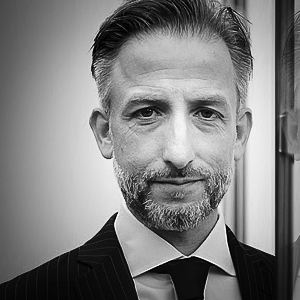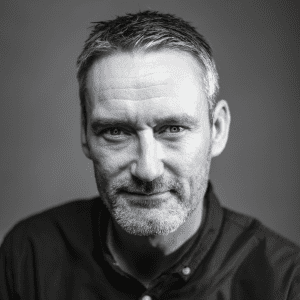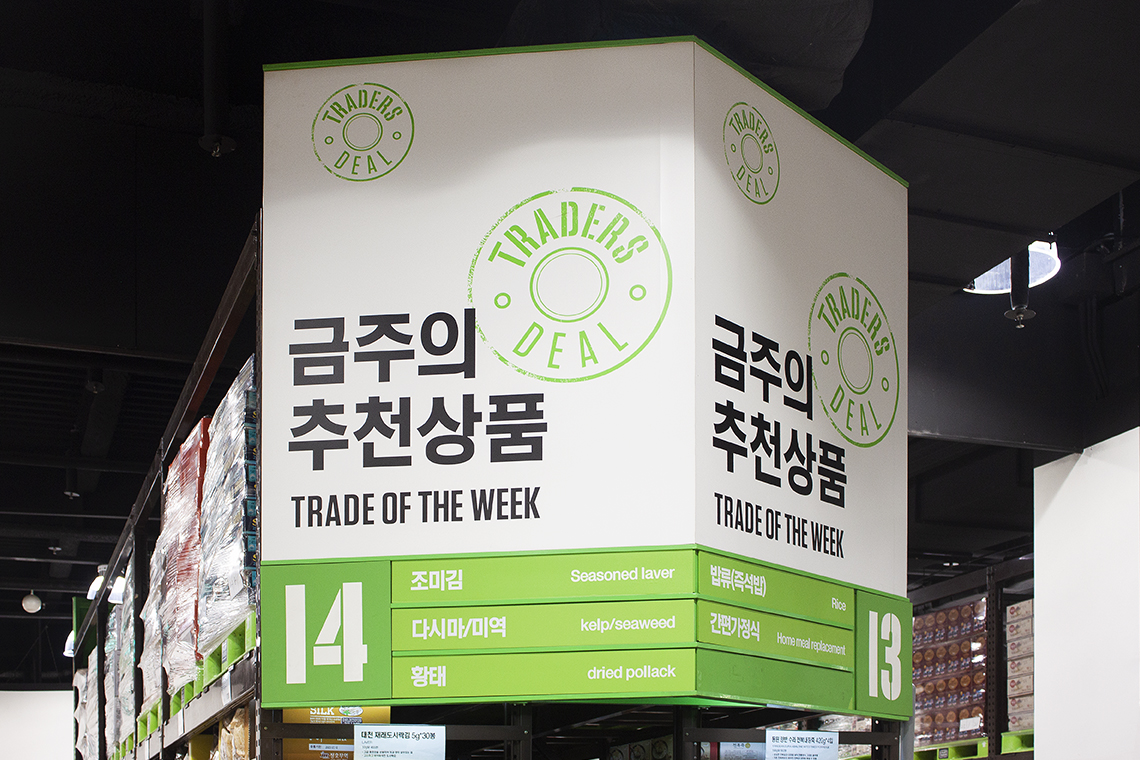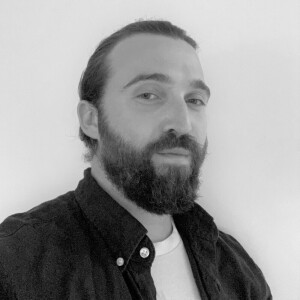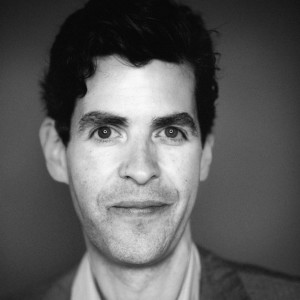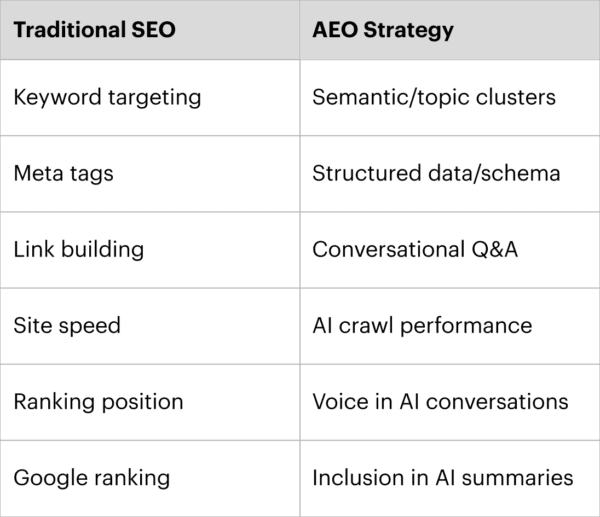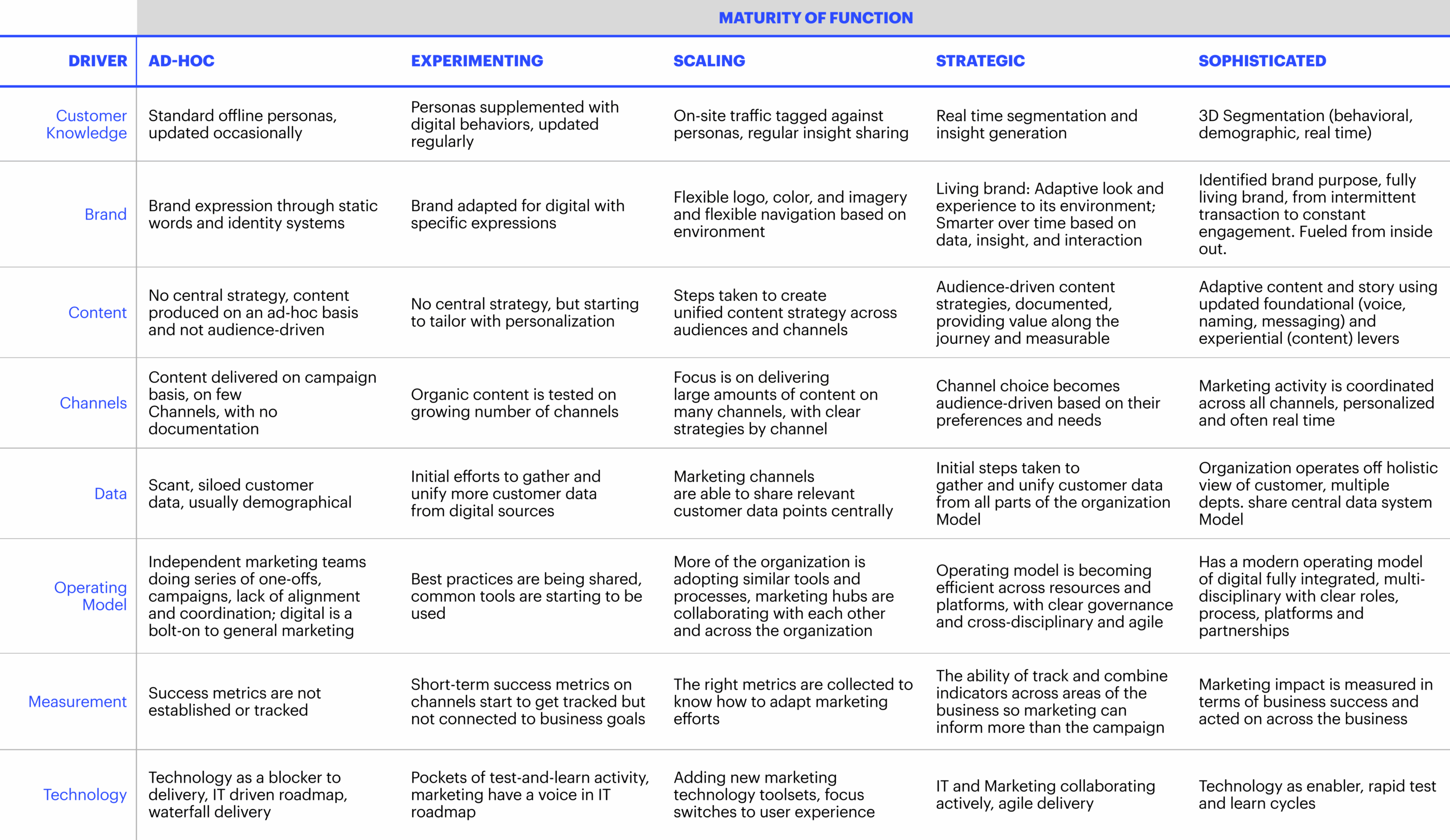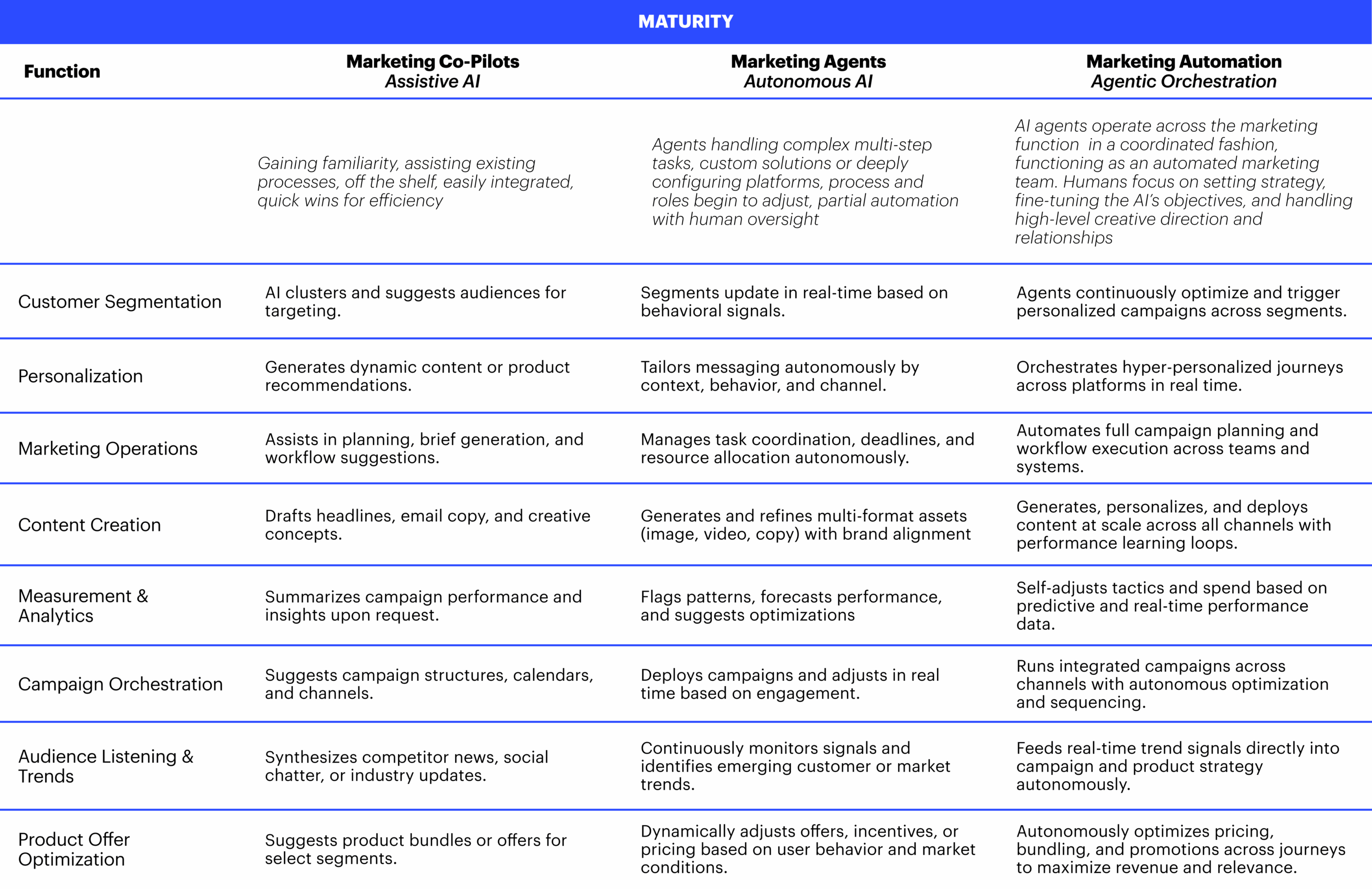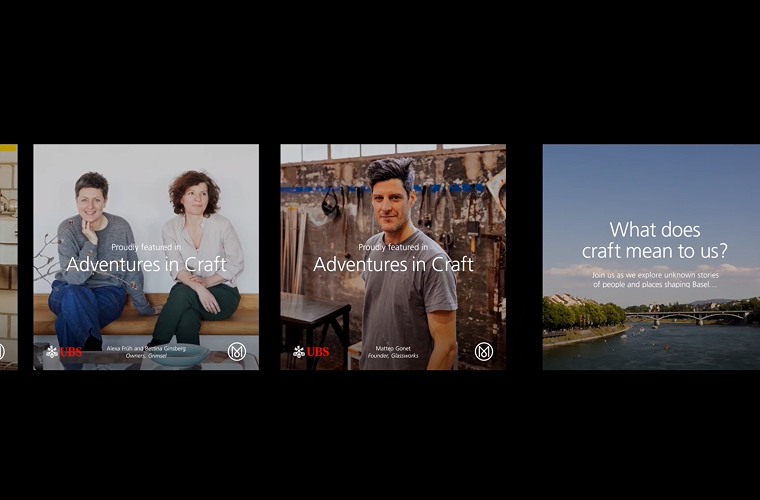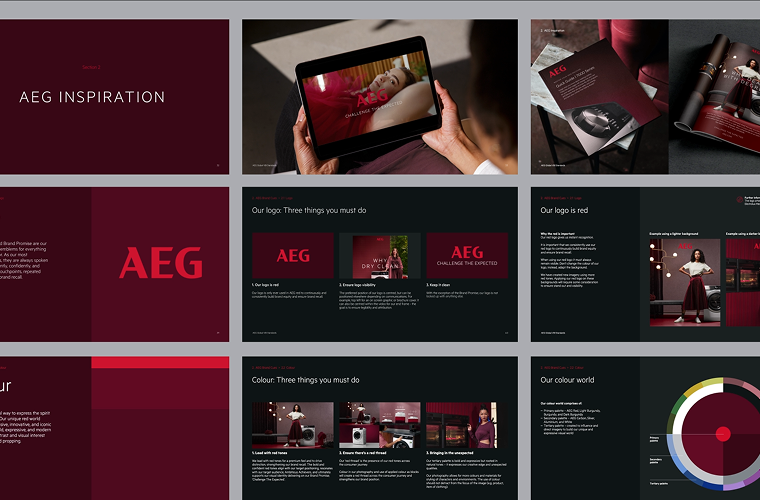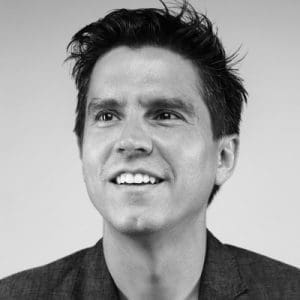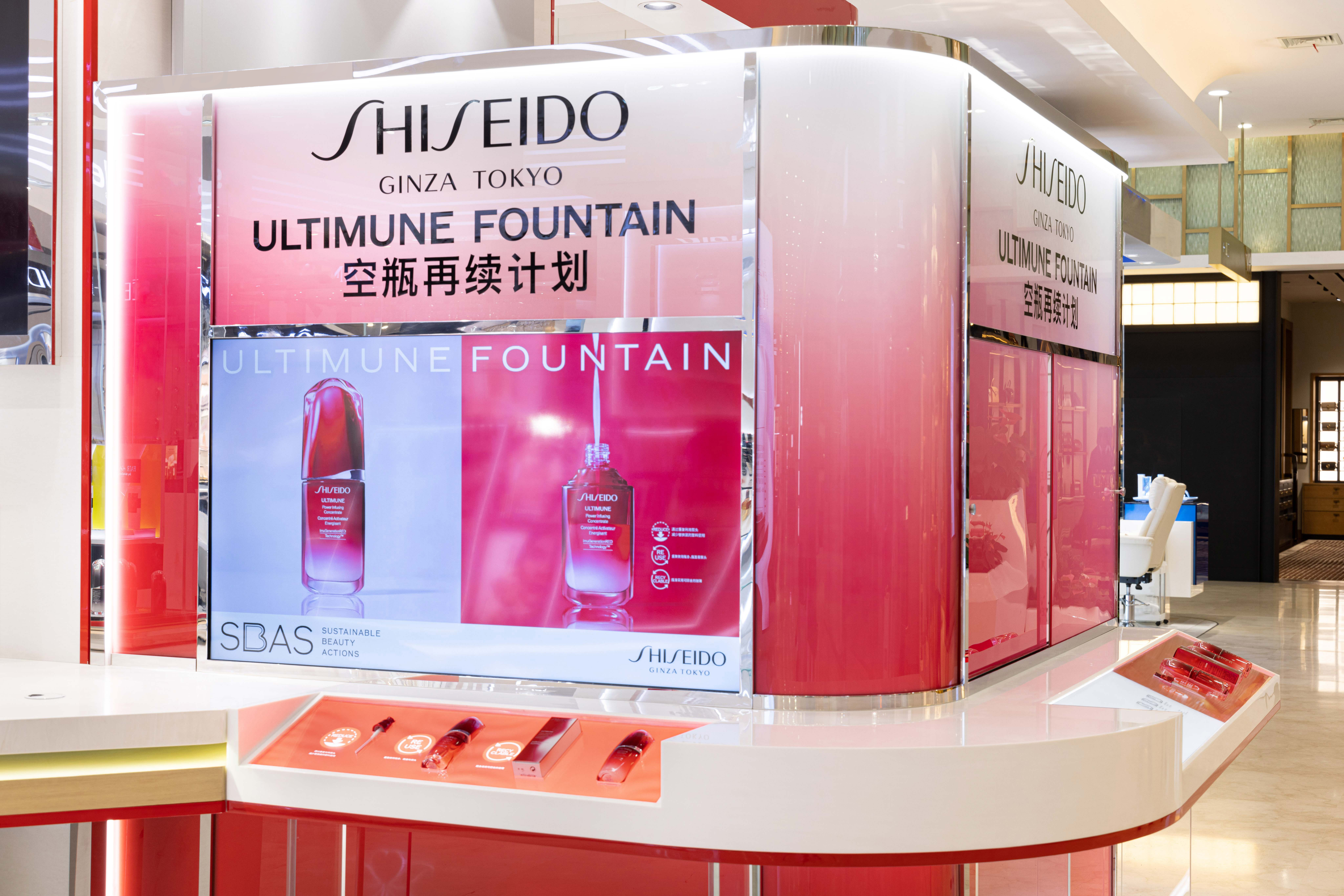BLOG
How AI Synthetic Personas Create a Whole New Level of Customer Centricity
Deeper, faster, more intelligent insights at your fingertips.
For companies, achieving uncommon growth is a challenging goal. One important element is having a fact-based and data-backed strategy about who your customers are and how to target them. In reality, many blue-chip and large organizations are still not investing sufficient time and resources into addressing these questions. This is where smart segmentation can make a tangible difference.
In marketing, customer segmentation has long been a tried-and-tested strategy to help leaders define what we call the “where-to-play”: Which customer segments to focus on as design target (a core set of consumers whose needs perfectly match their brand promise, products, services, and offerings etc. ) and as commercial targets (a broader group of potential customers with similar needs and therefore addressable).
Once companies define “where-to-play”, the “how-to-win” question arises: How to best address the target segments in terms of product offering, marketing and sales?
And this is exactly the spot where AI is now taking customer centricity to the next level by offering a deeper, faster, more intelligent analysis, interpretation and understanding of customer habits and preferences. This gives companies greater visibility and confidence about how they design their go-to-market approach.
In recent work with a number of organizations, we have been pioneering a more innovative “how-to-win” approach to segmentation, by developing and testing so-called synthetic AI personas. We believe these AI-based personas have the potential, if properly managed, to give organizations next-level customer insights at their fingertips.
Transforming Audience Insights
Simply put, an AI is trained on all the qualitative and quantitative audience data from a segmentation project. The result is a digital twin that functions like a GPT, responding to text or voice input. You can “talk” to your target audience, a persona generated by AI, and ask it questions. It answers, depending on the model setup, in real time or after a short delay.
The outcome? Clear, nuanced answers to questions about product and service offerings, price sensitivity, communication preferences, or decision-making behavior. Even more impressive, we’re seeing results that go beyond the typical scope of market research and the data set that was originally fed into the system.
Of course, having clear guardrails and rules are critical to success. For example:
- Instructions on expected response quality (e.g., “Include data points with every recommendation, always reference motivation drivers of the target group”)
- No-go zones (e.g., “Avoid any kind of generic recommendations or mass-market tactics in marketing efforts”)
- Quality checks (e.g., “Formulate all recommendations in a customer-ready format so they can be implemented immediately”)
Another essential factor is training the AI. In one of our recent projects, it was necessary to put in place a three-step human-machine process: first, removing obvious errors and so-called hallucinations. Then, a twofold review phase where an initial set of recommendations was deliberately compared with the deep industry expertise of our consultants.
The results have superseded our expectations. Nothing less than “audience insights at the push of a button.” In effect, marketers can now have access to a 24/7 customer persona they can consult on brand, product, pricing, sales or marketing communication topics.
Below are three recent examples that show how this works in real-world settings.
Example One: Travel company
For a leading European travel group, we defined target customer segments for its hotel brands using a unique segmentation approach that combines lifestyle and travel behavior and needs. This resulted in the creation of Travel Lifestyle Clusters.
For these segments, we developed AI personas and used them to help the client design targeted product strategies and communications across the entire experience journey—from brand to marketing and sales. The twist: once trained (which requires deep technical and industry know-how), these personas can draw implications beyond the initial data input.
For example: When asked, “What would an ideal welcome sequence at a luxury boutique hotel look like for you?” the persona provides detailed product, service and communication suggestions. Or, if market research reveals that a target group enjoys “beach and garden games” during hotel stays, we could ask it to specify which games fit their lifestyle. The AI persona would deliver tailored suggestions in seconds, including full staging, materials, music, etc.
Example Two: Education foundation
For a large foundation active in education, we developed AI personas for teachers as part of a school development project. Unlike the travel case, there was no primary market research available. Instead, personas were conceptually defined and built as “AI avatars.” Psychological models on motivation, change readiness, and change capabilities were used as input, along with a wide range of secondary statistical data. The final boost came from interviews with real teachers, conducted to reflect different pedagogical archetypes and integrated into the AI model.
To deepen the impact, we gave the AI avatars names and faces, making them feel very real. As with the travel example, the results marked a milestone in working with audience insights. “Which of the following slogans would you prefer for a marketing campaign surrounding new tools and offerings to aid school development?” —the AI provides clear, precise, and logical answers that hold up in A/B testing with real interviews.
Example Three: Fast Food Brand
For a fast food brand, we helped teams translate segmentation insights into decisions aligned with brand principles and growth goals. The breakthrough? We transformed the target segment into an AI-powered assistant—one that behaves like the segment and speaks the brand’s language. It was trained on human insights (attitudes, behaviors, cultural signals), brand DNA knowledge (positioning, tone, promise), and market context (category dynamics, local norms).
This assistant is a flexible and replicable system that can generate and filter ideas, such as menu concepts, partnerships, channel formats and more, so they’re shaped by what will truly resonate with the audience while staying on-brand.
Crucially, this should be regarded as an inspiration tool, not a decision-maker: human judgment still assesses feasibility, risk appetite and commercial readiness. That balance between speed from AI and judgment from experts can lead to faster alignment, clearer briefs and a stronger pipeline of testable ideas.
We would like to thank Erik Muenster, Zadkiel Yeo and Prophet’s AI team for their contributions.
FINAL THOUGHTS
Within just the last 12 months, AI has elevated decades of marketing practice by building upon a strong foundation of customer data and insights.
Knowledge is becoming more immediate, direct, and usable in real time. If properly set up and trained, data and insights form a nucleus from which AI can generate recommendations and actions that go beyond what the original data might suggest. Creativity may not be AI’s strength, but logical, linear extrapolation certainly is — and that leads to a significant boost in speed and quality. This can enable firms to derive even more value from their proprietary data, providing an important competitive advantage.
The power of AI in creating more flexible and intelligent customer personas is undeniable. Against this backdrop, marketing leaders must act decisively to put themselves ahead of competitors who are not yet using AI to their benefit.
